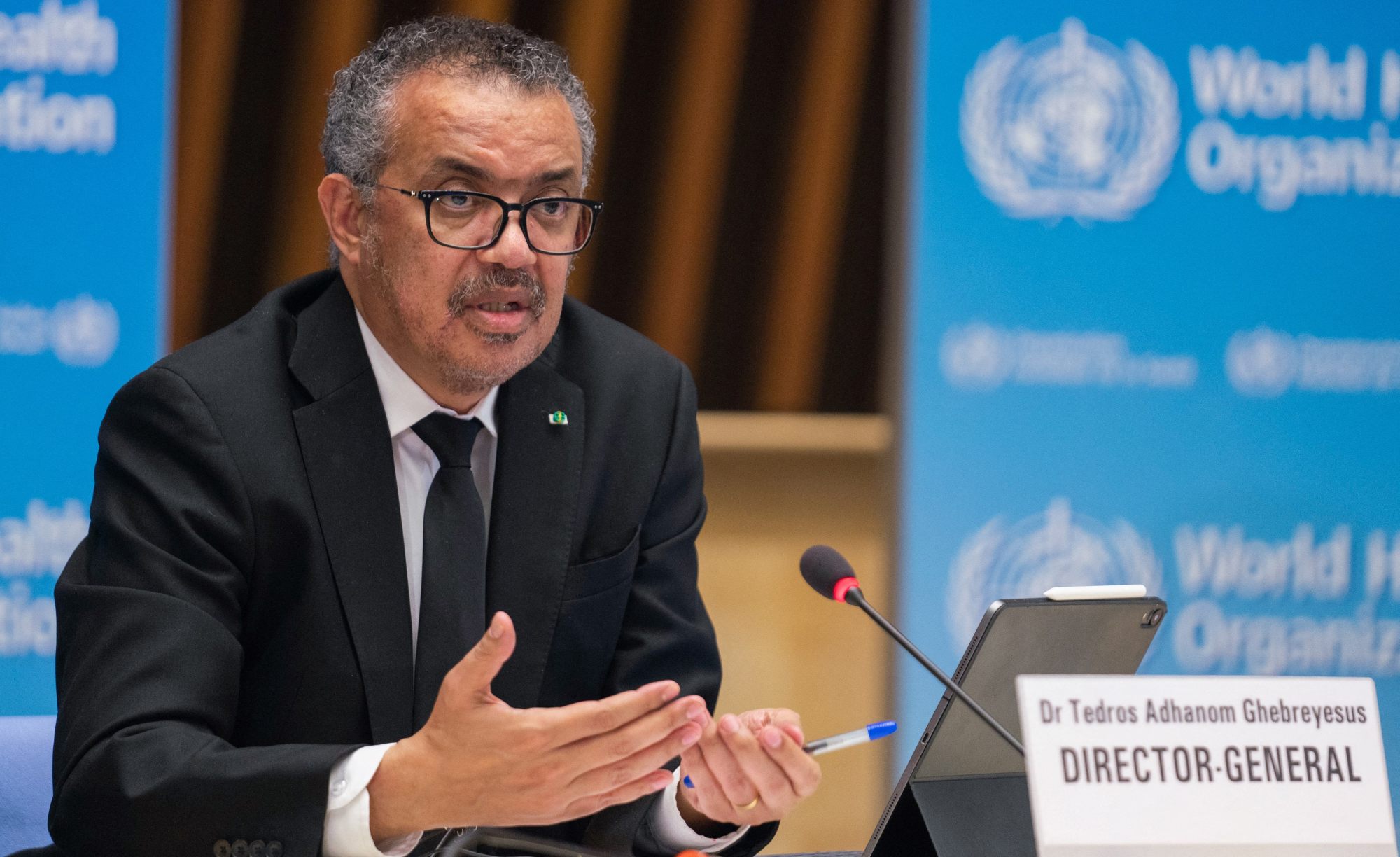
Hearing problems could affect one in four people by 2050, WHO warns, and urges more spending on prevention
- One in five people worldwide has hearing problems, causing economic losses of US$1 trillion a year, and a report says their number may rise to one in four
- Many of the problems that cause deafness – such as infections, diseases, birth defects and noise exposure – could be prevented, the WHO report says
One in four of the world’s population will suffer from hearing problems by 2050, the World Health Organisation (WHO) said this week, and called for extra investment in prevention and treatment.
The first global report on hearing said the causes of many of the problems – such as infections, diseases, birth defects, noise exposure and lifestyle choices – could be prevented.
The report proposed a package of measures, which it calculated would cost US$1.33 per person per year. Against that, it set the figure of nearly US$1 trillion lost every year because the issue was not being properly addressed.
“Failure to act will be costly in terms of the health and well-being of those affected, and the financial losses arising from their exclusion from communication, education and employment,” said the report.

One in five people worldwide have hearing problems currently, it said. But the report warned: “The number of people with hearing loss may increase more than 1.5-fold during the next three decades” to 2.5 billion people – up from 1.6 billion in 2019.
Of the 2.5 billion people affected in 2050, 700 million would have a serious enough condition to require some kind of treatment, the report said – up from 430 million in 2019.
Don’t silence sign language: call for dying medium to be revived
Much of the expected rise is due to demographic and population trends, it added.
A major contributor to hearing problems is a lack of access to care, particularly in low-income countries where there are far fewer professionals available to treat sufferers.

“Even among health-care providers, knowledge relevant to prevention, early identification and management of hearing loss and ear diseases is commonly lacking,” it noted.
The report proposed a package of measures, including public health initiatives from reducing noise in public spaces to increasing vaccinations for diseases such as meningitis that can cause hearing loss.
It also recommended systematic screening to identify the problem at key points in people’s lives. Among children, it said, hearing loss could be prevented in 60 per cent of cases.

“An estimated US$1 trillion is lost each year due to our collective failure to adequately address hearing loss,” WHO director general Tedros Adhanom Ghebreyesus said in the report.
“While the financial burden is enormous, what cannot be quantified is the distress caused by the loss of communication, education and social interaction that accompanies unaddressed hearing loss.”

.png?itok=arIb17P0)